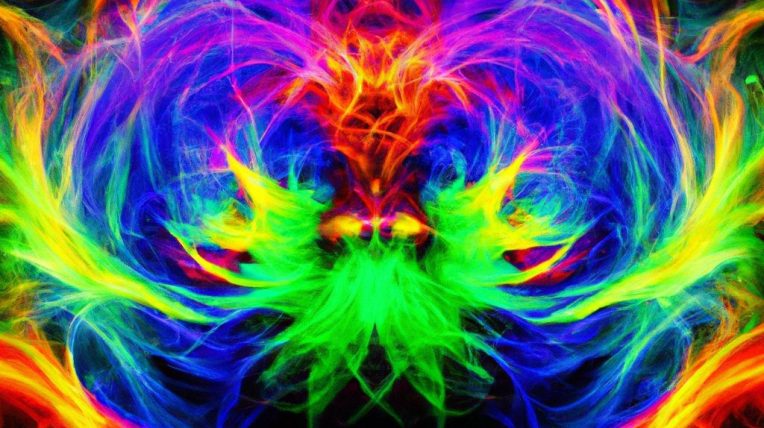Onset of AI Auto-Captioning Images
In 2015, pioneering AI research instigated the formulation of machine learning algorithms that facilitated auto-captioned images. By discerning objects within an image, these algorithms generated natural language descriptions, thus introducing an epoch of image-to-text strategies. However, by 2021, these AI capabilities had been augmented and reversed from image-to-text to text-to-image, changing AI creativity and productivity for the better.
Explorations into AI Potentials
A group of researchers ventured to probe this revolutionary pathway by examining their AI model with never-encountered-before prompts. For instance, they inquired if the model could produce a green school bus when its entire past database featured only yellow school buses. To their astonishment, the model did not fall short. It progressed to generate images like elephants gliding through blue skies or a vintage snapshot of a cat from the supplied text. Regardless of the images not being exactly sharp, the potential was clearly significant.
Text-to-Image: The Present Reality
Transition to the present day, and the future of this concept presents an impressive reality that is hard to articulate. This sphere has witnessed massive growth in such a brief span, leaving many individuals astounded and perhaps slightly perplexed. They are now capable of suggesting text prompts like a Dali painting or a coral reef, and the apparatus will create an AI-rendered image correspondingly.
AI Machine Learning: Guiding Principles
This became feasible through diligent recalibration and continuous updates to AI learning algorithms involving detectors only machines can comprehend. The principles that steer this AI learning can be summarized as follows:
- Creation of AI models capable of identifying different attributes such as the yellowness, roundness, and shininess of objects.
- Differentiation between objects like bananas and footballs through identified features.
- Determining a three-dimensional space of objects and understanding the essence of each.
Movement Towards Accessibility and Photorealism
Furthermore, recently, developers have begun employing pre-trained models that they can utilize, in order to construct text-to-image generators that are accessible for usage online, at no cost. As they continue to tinker with these models, they conceptualize unique ways to prompt the AI into generating images, exploring the potential for advancing this technology to near-photorealistic levels.
Problematics: Bias and Legal Conundrums
Despite the promise of this technology, some critical concerns arise. These include:
- The propensity of AI models to adopt biases present in the Internet data used for learning.
- The possible perpetuation of social stereotypes due to the underrepresentation of specific cultures or distorted representations of certain concepts.
- Copyright issues arising from the uncertain ownership of AI-generated images, presenting a legal challenge to overcome.
Future: The Intersection of AI and Imagination
Yet, in a world of relentless change, this technology equips the society with tools for crafting and expression in ways never before envisaged, bridging the chasm between ideas and visuals. It heralds a future powered by human imagination and propelled by artificial intelligence. It’s uncertain what advancements the next seven years may bring.



















